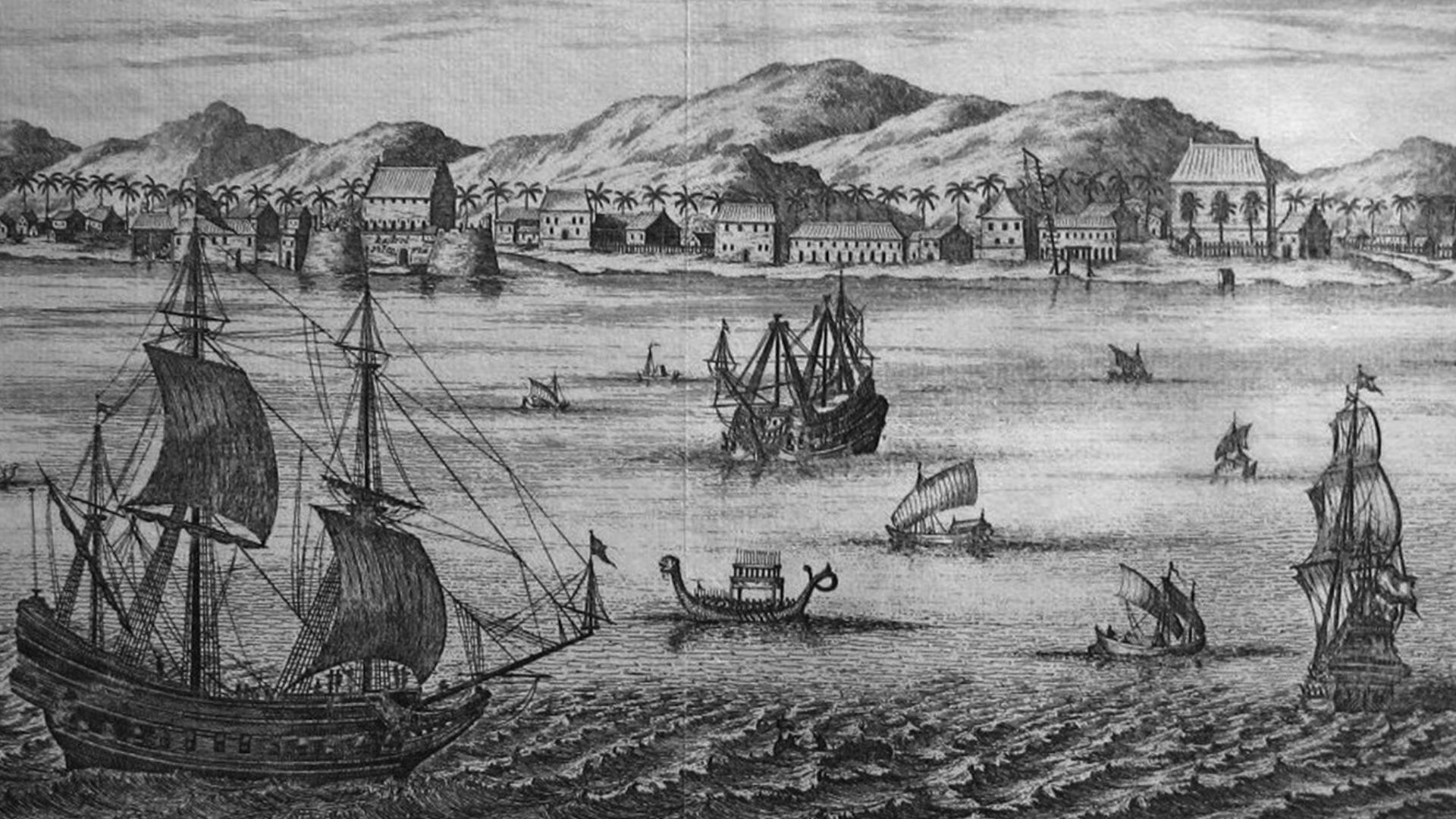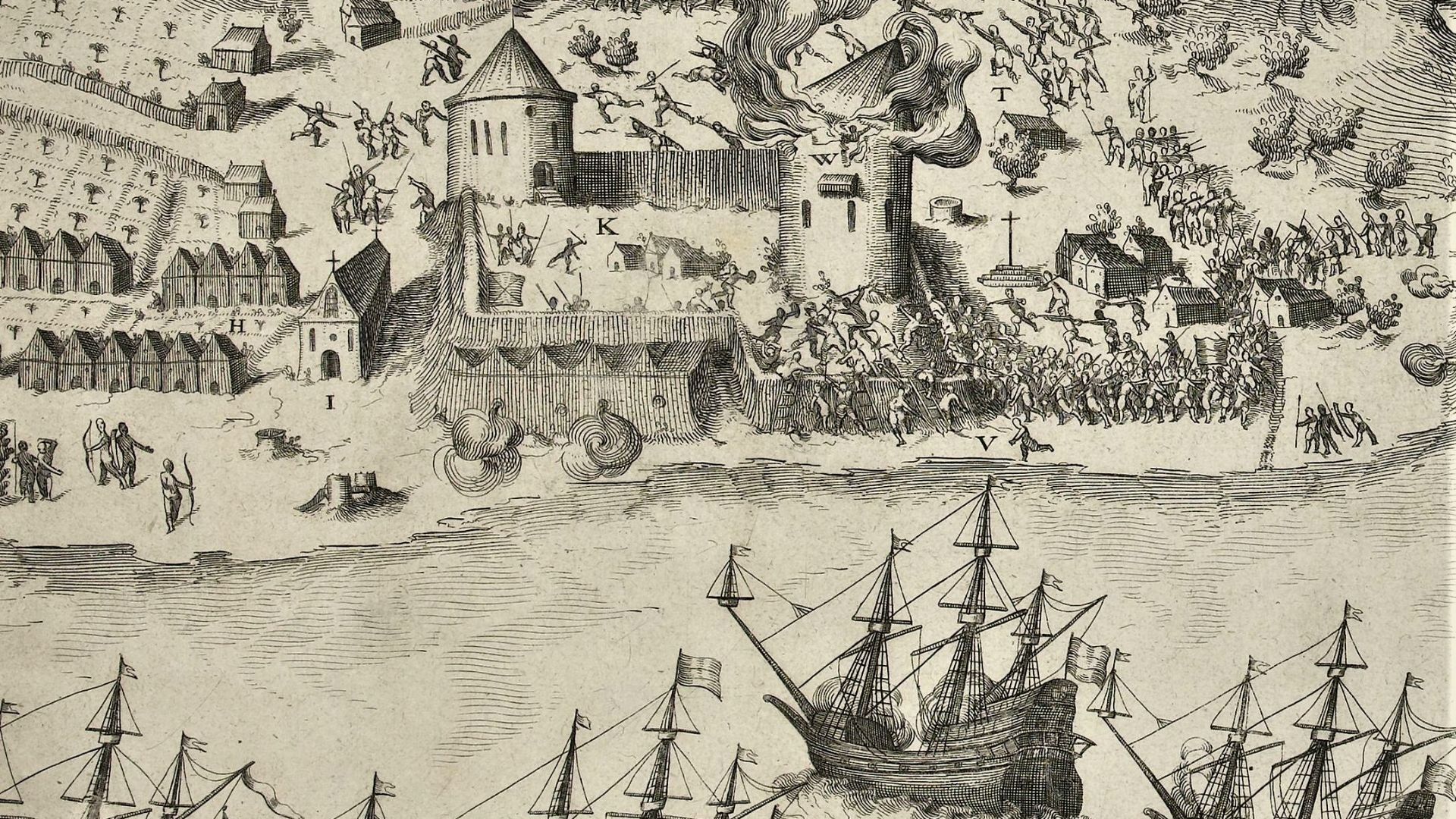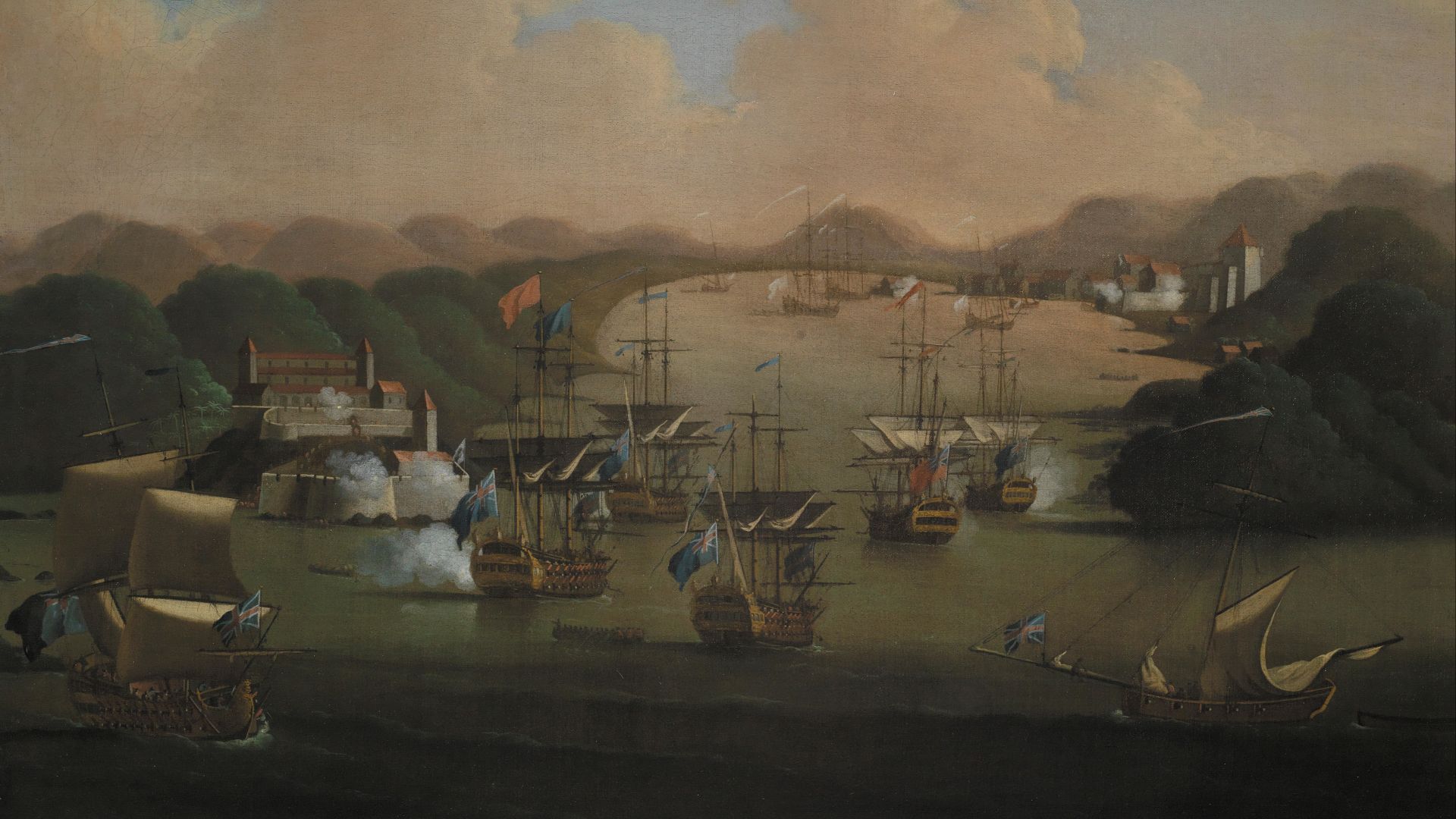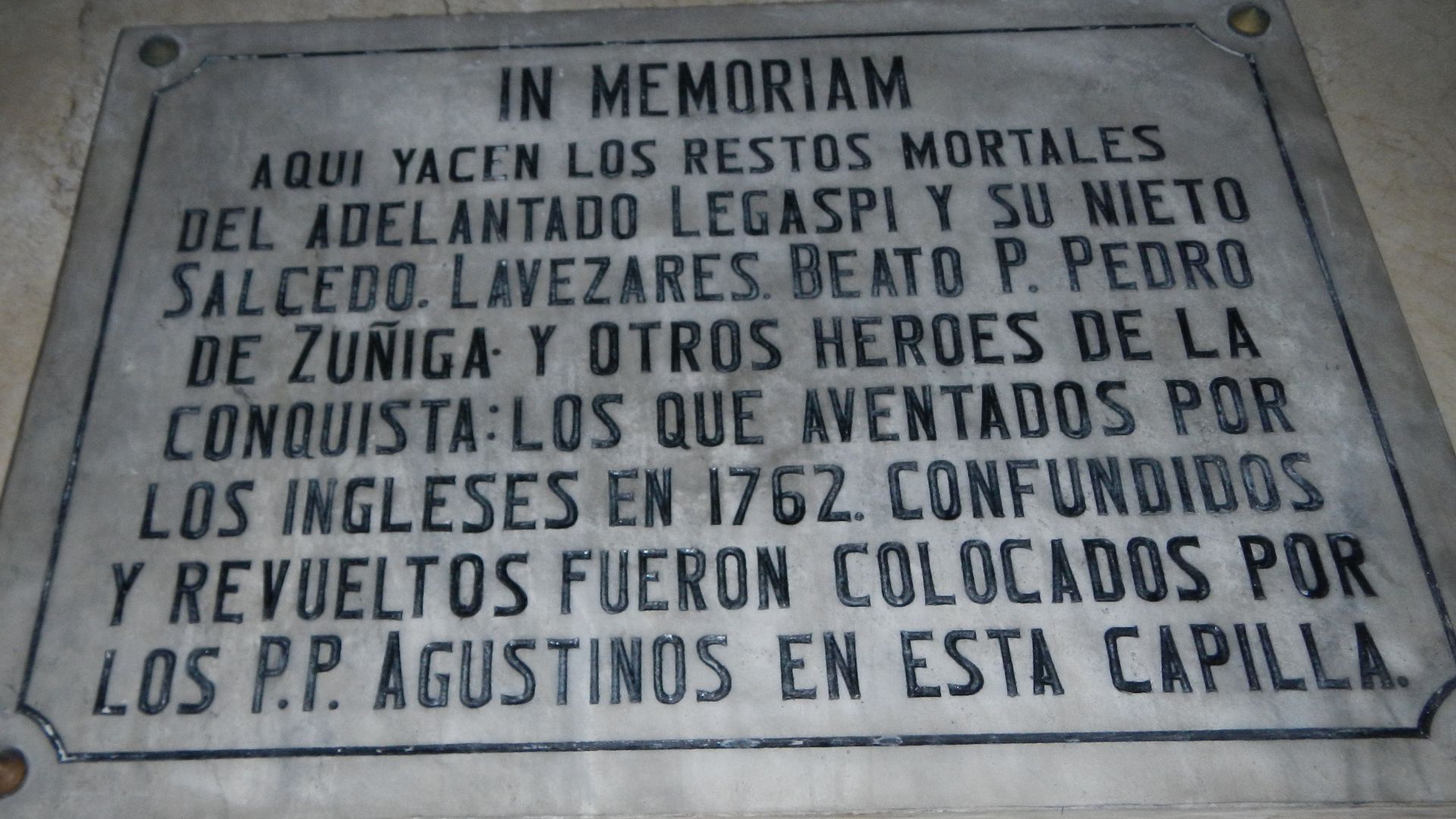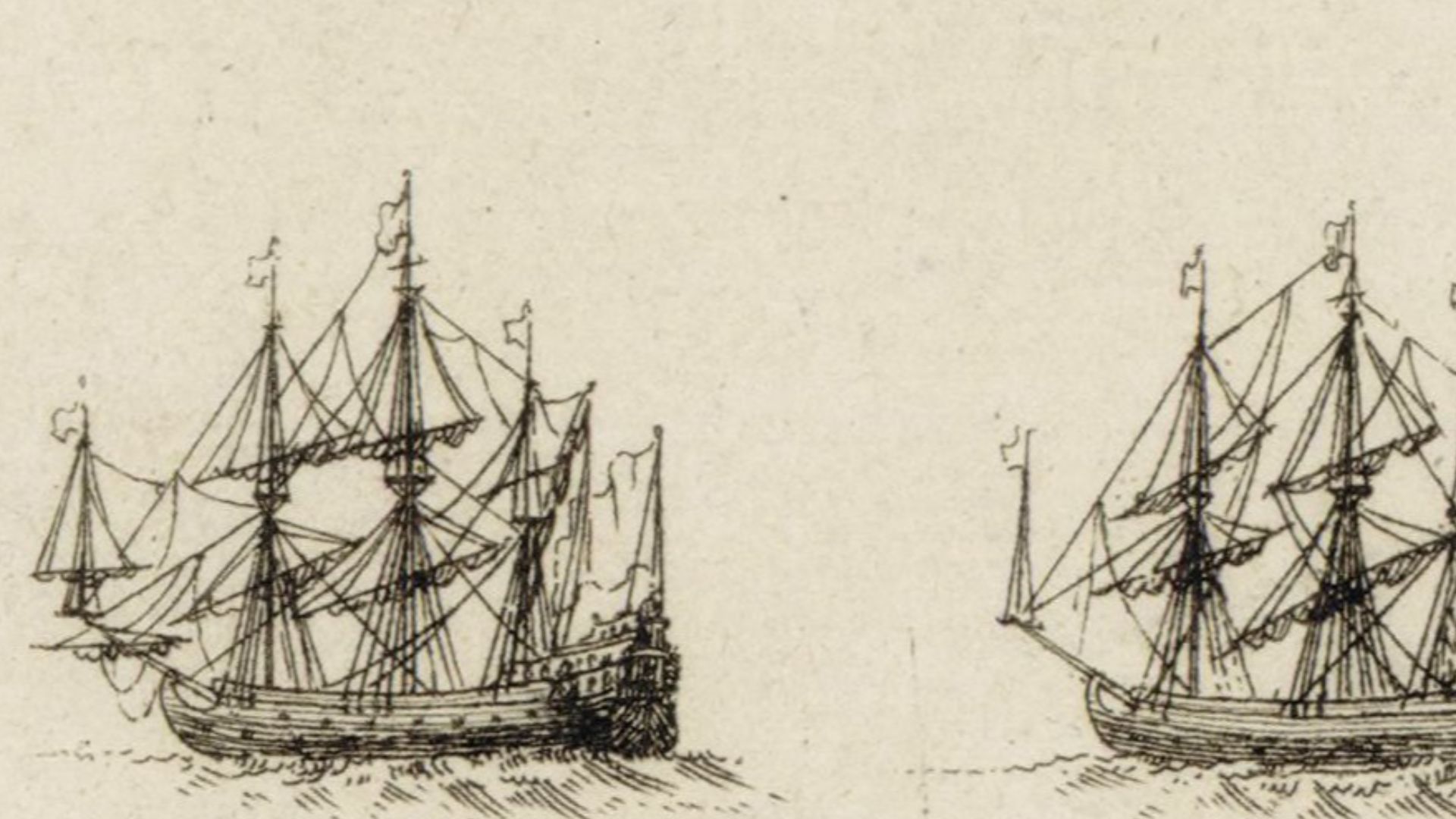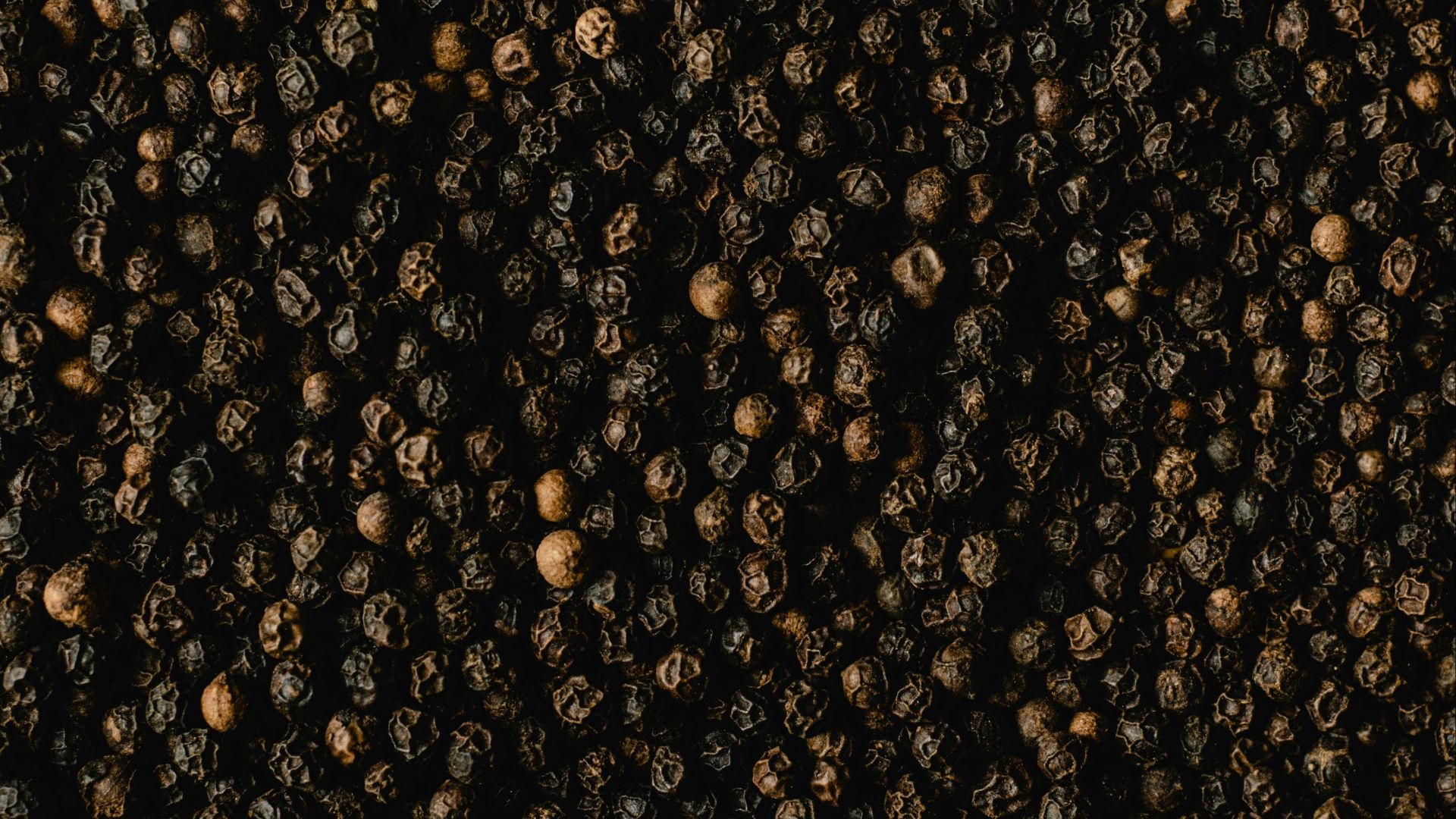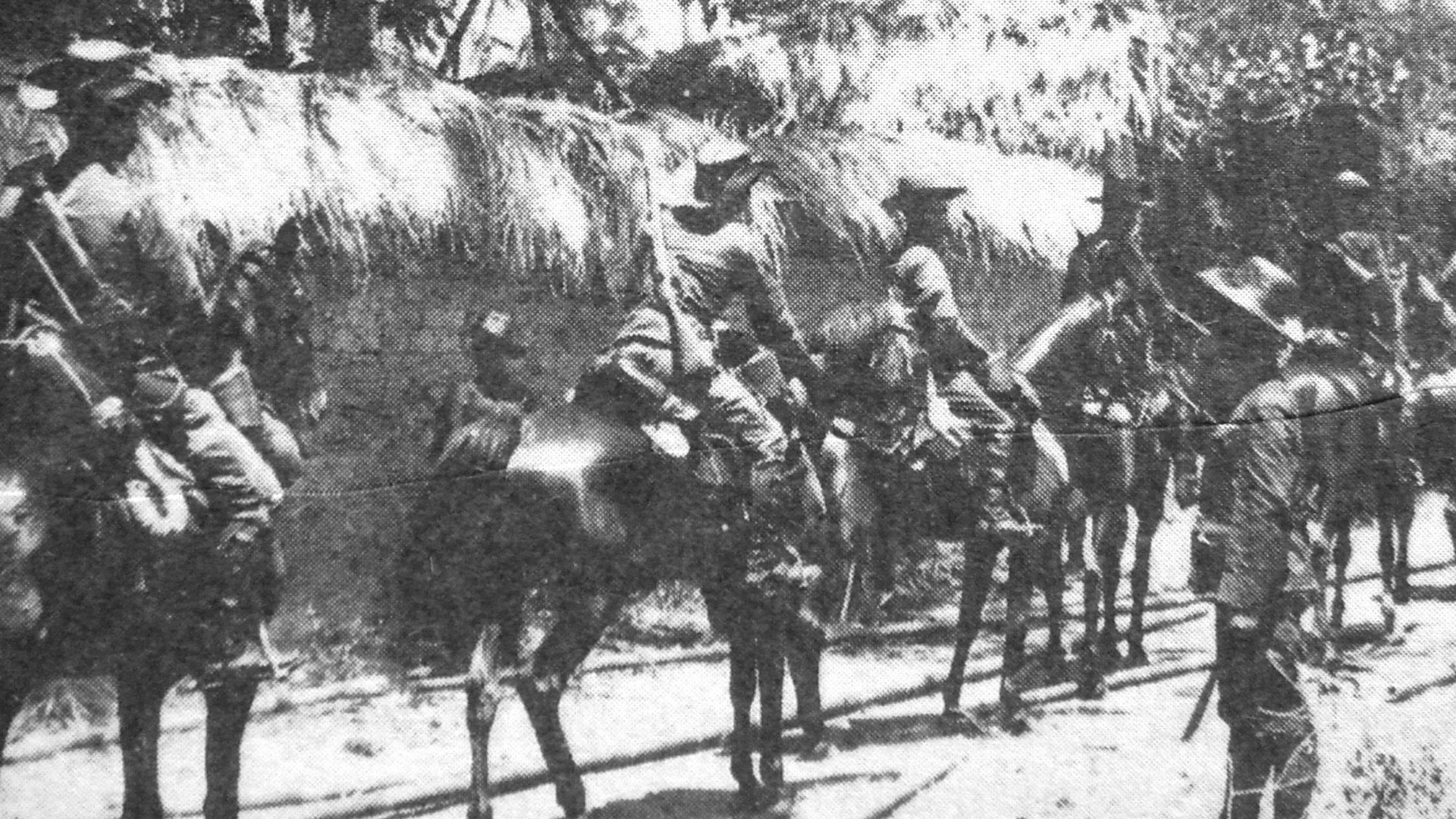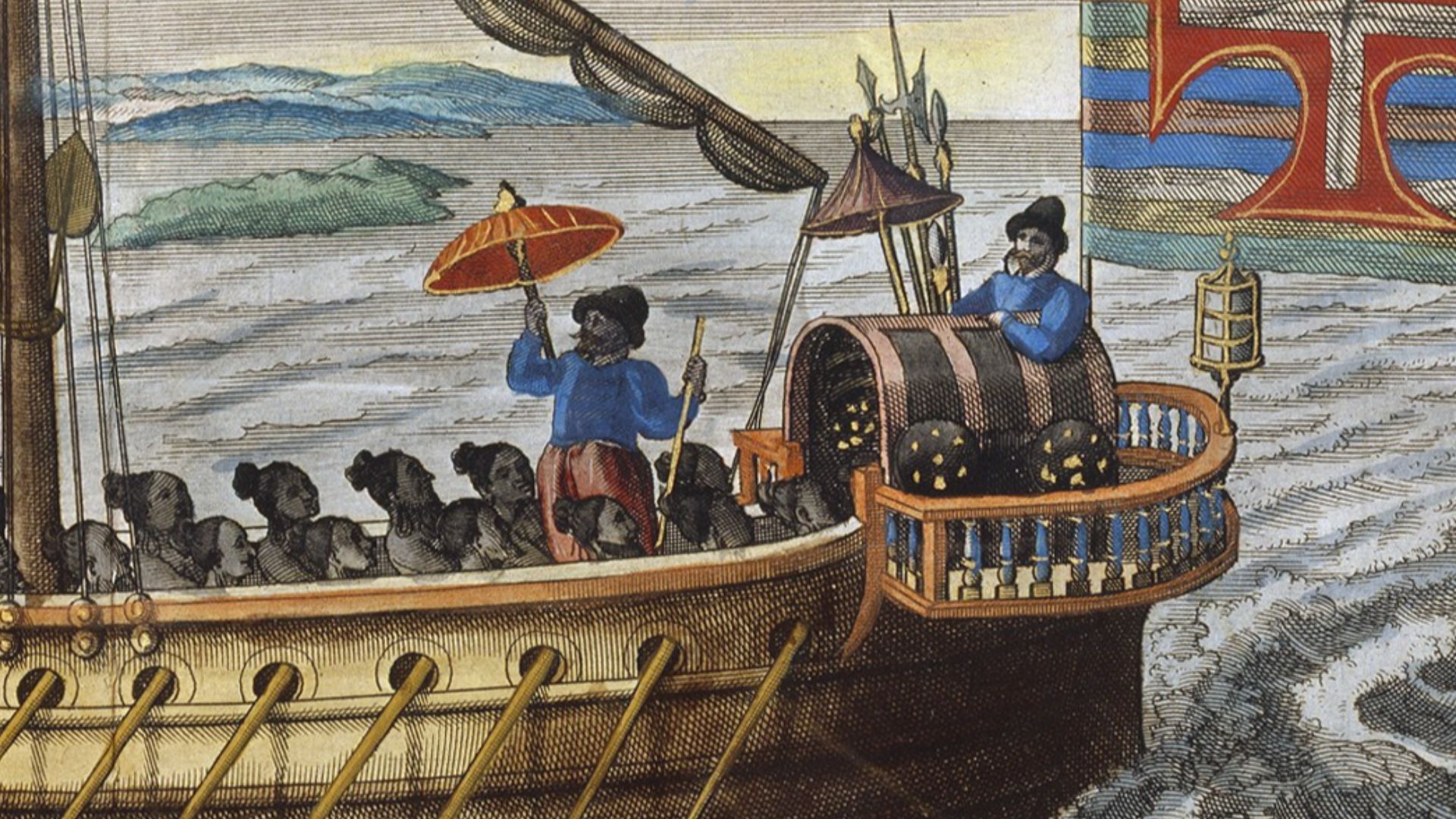6. The Fourth Anglo-Mysore War
Mysore, a major pepper-exporting state, was invaded by the British, who wanted to break its spice monopoly. Its control of pepper routes in southern India posed a commercial threat to British interests. As a war prize, Britain looted warehouses filled with pepper.
 Giovanni Vendramini on Wikimedia
Giovanni Vendramini on Wikimedia
7. The Spice Race
The Treaty of Tordesillas divided the non-European world between Spain and Portugal. Both powers raced to claim spice-producing regions, especially the Moluccas. The Pope arbitrated the treaty but failed to anticipate disputes over exact longitude lines.
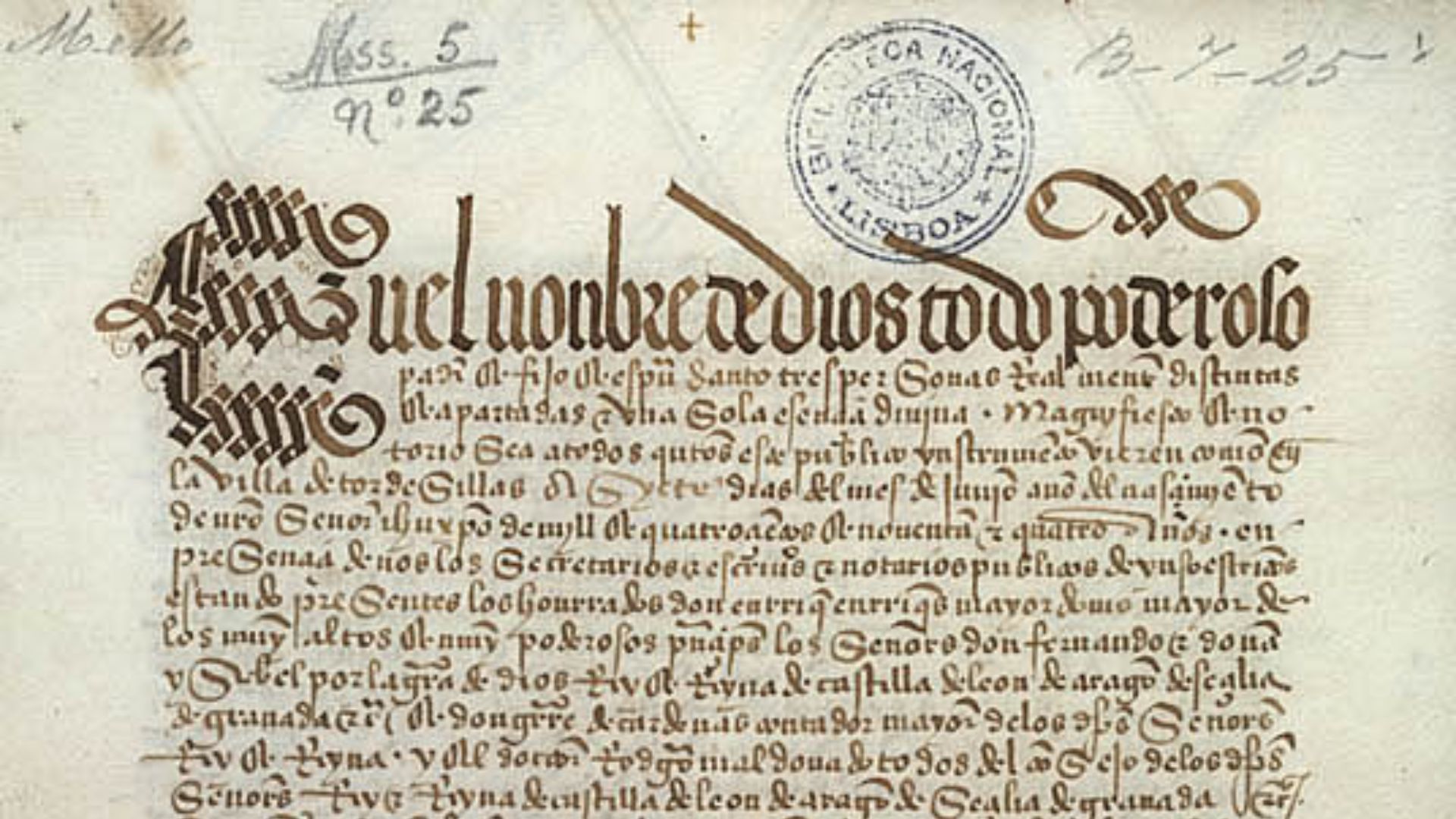 Original: Biblioteca Nacional de Lisboa
Photo: User:Joserebelo on Wikimedia
Original: Biblioteca Nacional de Lisboa
Photo: User:Joserebelo on Wikimedia
8. The Capture Of Malacca
Malacca was a major entrepôt for cloves and other East Indies spices. In 1511, the Portuguese seized it to control its strategic spice-trade choke point. Albuquerque built a fortress to guard spice exports, and capturing the city triggered centuries of European colonization in Southeast Asia.
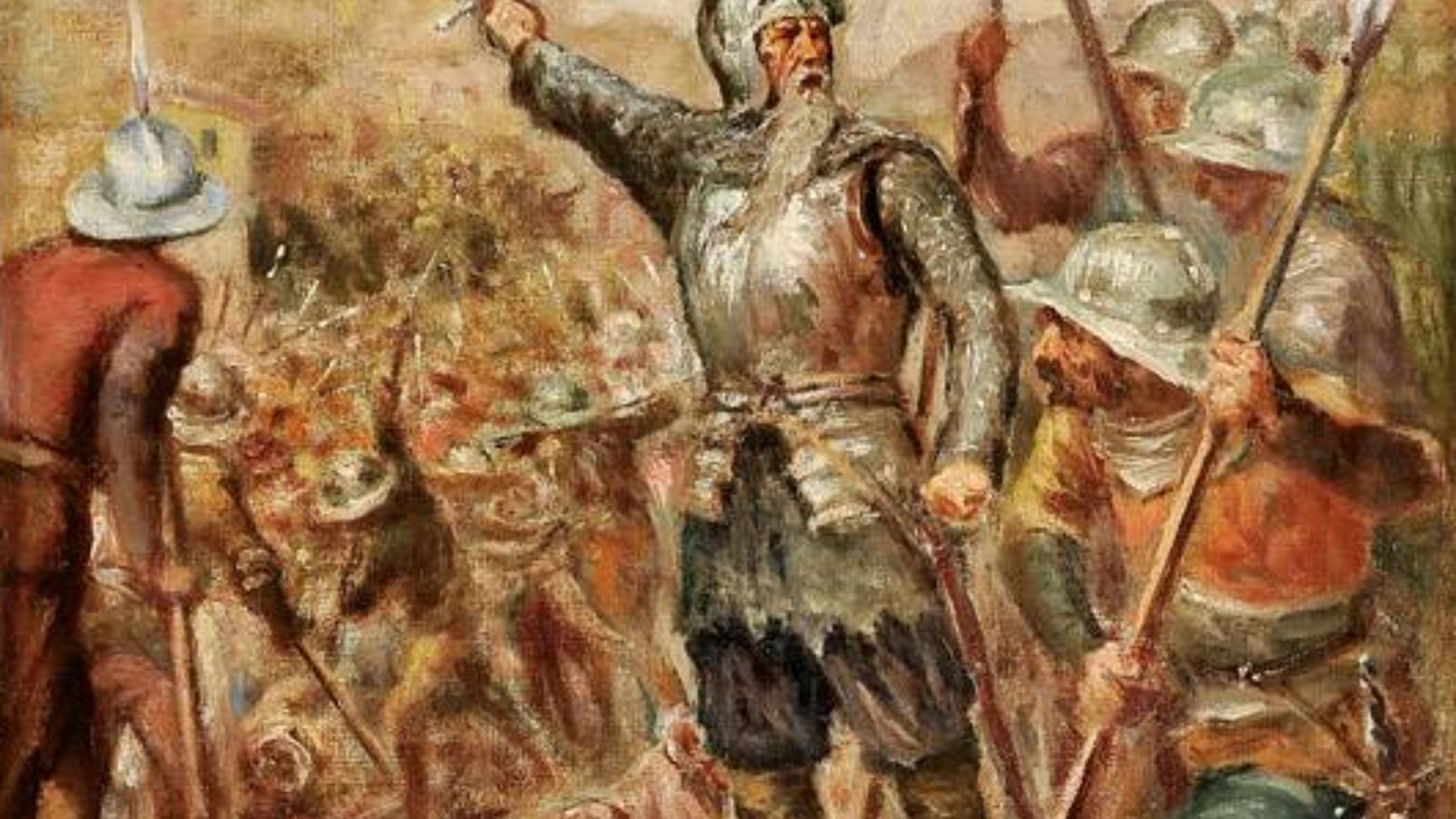 Ernesto Ferreira Condeixa on Wikimedia
Ernesto Ferreira Condeixa on Wikimedia
9. The Amboyna Massacre
Both the Dutch and English East India Companies claimed rights to the same spice-producing territories. However, in 1623, the Dutch executed English traders in Amboyna to eliminate nutmeg trade competition. The massacre nearly triggered a full-scale war between the two nations.
10. The Ternate-Tidore Rivalry
These neighboring sultanates fought deadly wars over control of clove-growing areas. Their strategic value drew Portuguese and Spanish alliances into local conflicts. One sultanate aligned with Spain while the other allied with Portugal, escalating the feud.
11. The War Of Jenkins’ Ear
This colonial conflict was partly triggered by disputes over contraband spice trading in the Caribbean. British smugglers transporting illegal spices into Spanish colonies provoked violent reprisals. A British captain whose ear was severed by Spanish coast guards inspired the war’s name.
12. The Philippine Conquest
One reason the Spanish colonized the Philippines was to secure a maritime route to the Moluccas’ clove supply. The islands were a strategic staging ground in Spain’s bid to access the spice-rich East Indies, and Manila became a vital link in the trans-Pacific spice and silver trade.
13. The French Siege Of Mahé
The French attacked Mahé to secure black pepper trade routes and challenge British spice dominance. Control of Mahé offered strategic access to the spice-producing Malabar Coast, and the siege was so drawn out that supplies were smuggled in via fishing boats.
14. The Black Pepper War
Venice and Genoa waged naval skirmishes in the Mediterranean over control of the pepper trade. Their rivalry revolved around the dominance of sea routes connecting to spice merchants in the Levant. Both sides built large fleets to ensure their protection and hold their interests.
15. The Battle Of Swally
This 1612 naval battle marked the British entry into India’s black pepper trade, defeating Portuguese control. English ships used advanced cannon technology to defeat larger Portuguese vessels, and the British East India Company won critical trade rights in Surat following the victory.
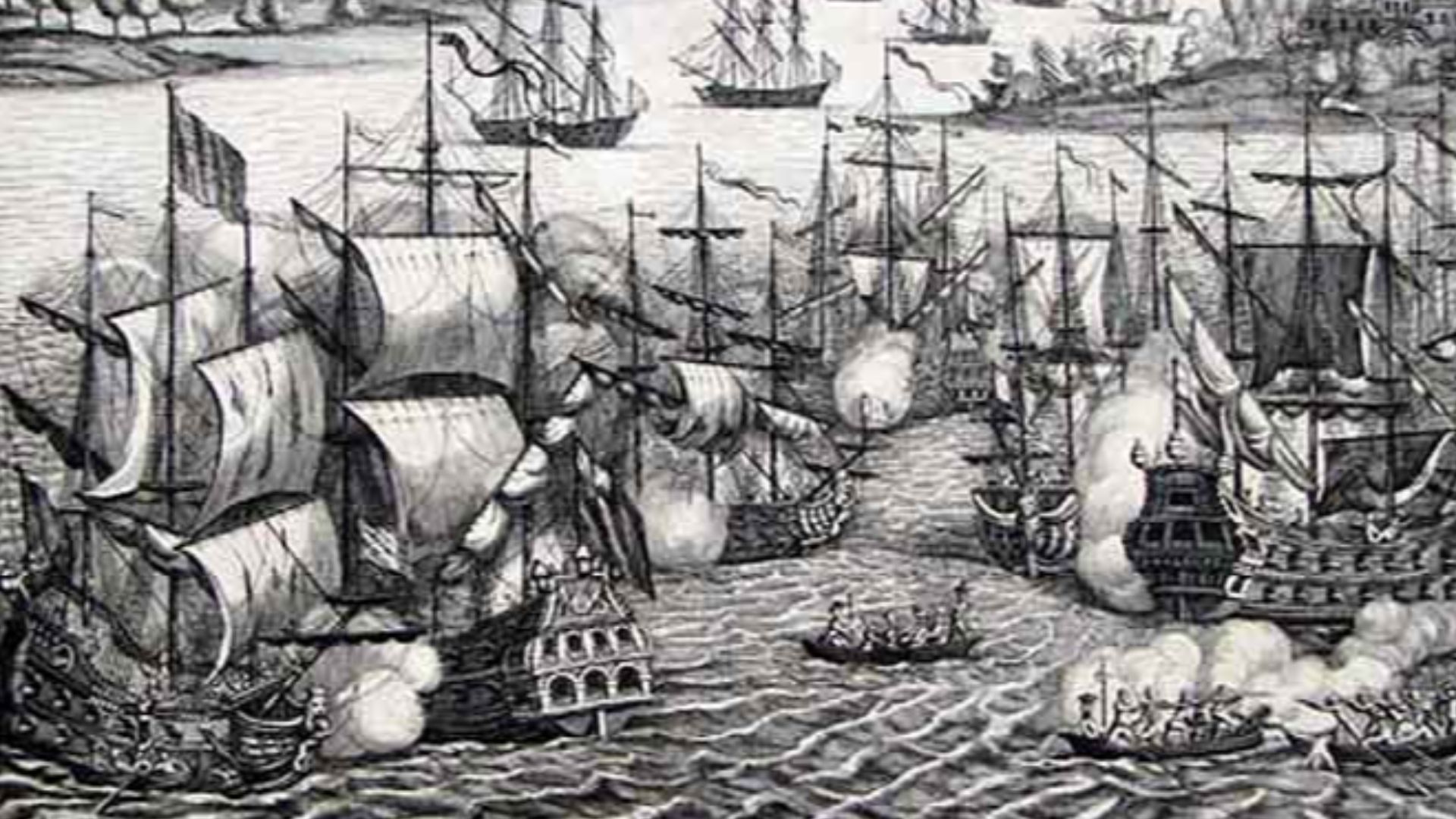 Unknown authorUnknown author on Wikimedia
Unknown authorUnknown author on Wikimedia
16. The Napoleonic Seizure Of The Moluccas
Britain captured the Moluccas from the Dutch during the Napoleonic Wars to control clove and nutmeg sources. These islands were directly targeted for their strategic and economic value in the spice trade, and their capture was celebrated in Britain as a major commercial victory.
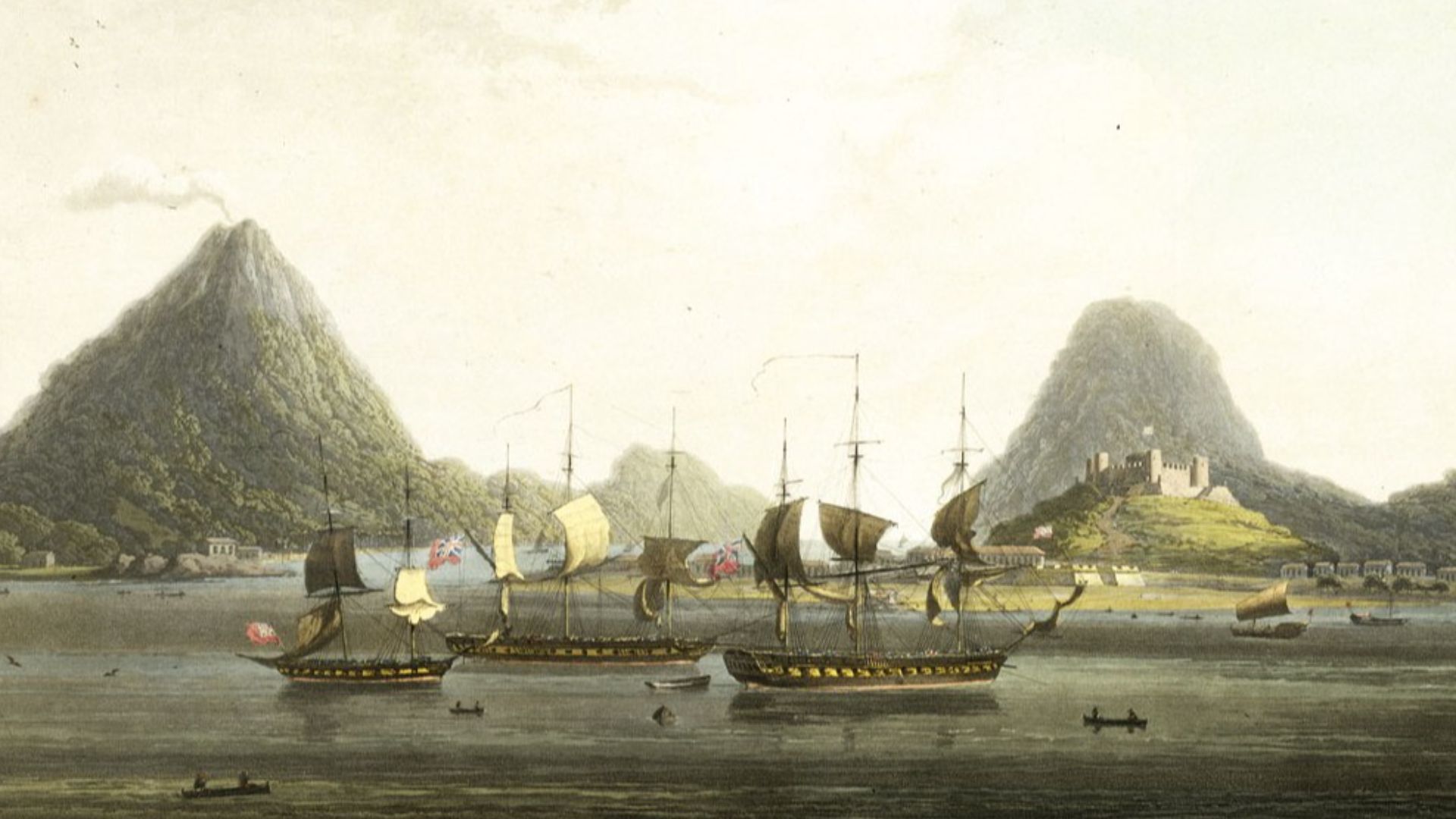 Longman, Hurst, Rees, Orme & Brown on Wikimedia
Longman, Hurst, Rees, Orme & Brown on Wikimedia
17. The Dutch Conquest Of Bali
Dutch military actions in Bali aimed to control ports feeding into the larger spice shipping network. Although Bali wasn’t a major spice producer, it served as an important node in Dutch logistical chains. The Dutch justified their invasion under the guise of abolishing slavery.
18. The Makassar War
To protect its spice neutrality, Makassar built one of the most elaborate fortresses in Southeast Asia. However, the Dutch East India Company waged war on it to eliminate competition in the nutmeg trade, and it ended Makassar's role as a neutral trading hub for banned spice sellers.
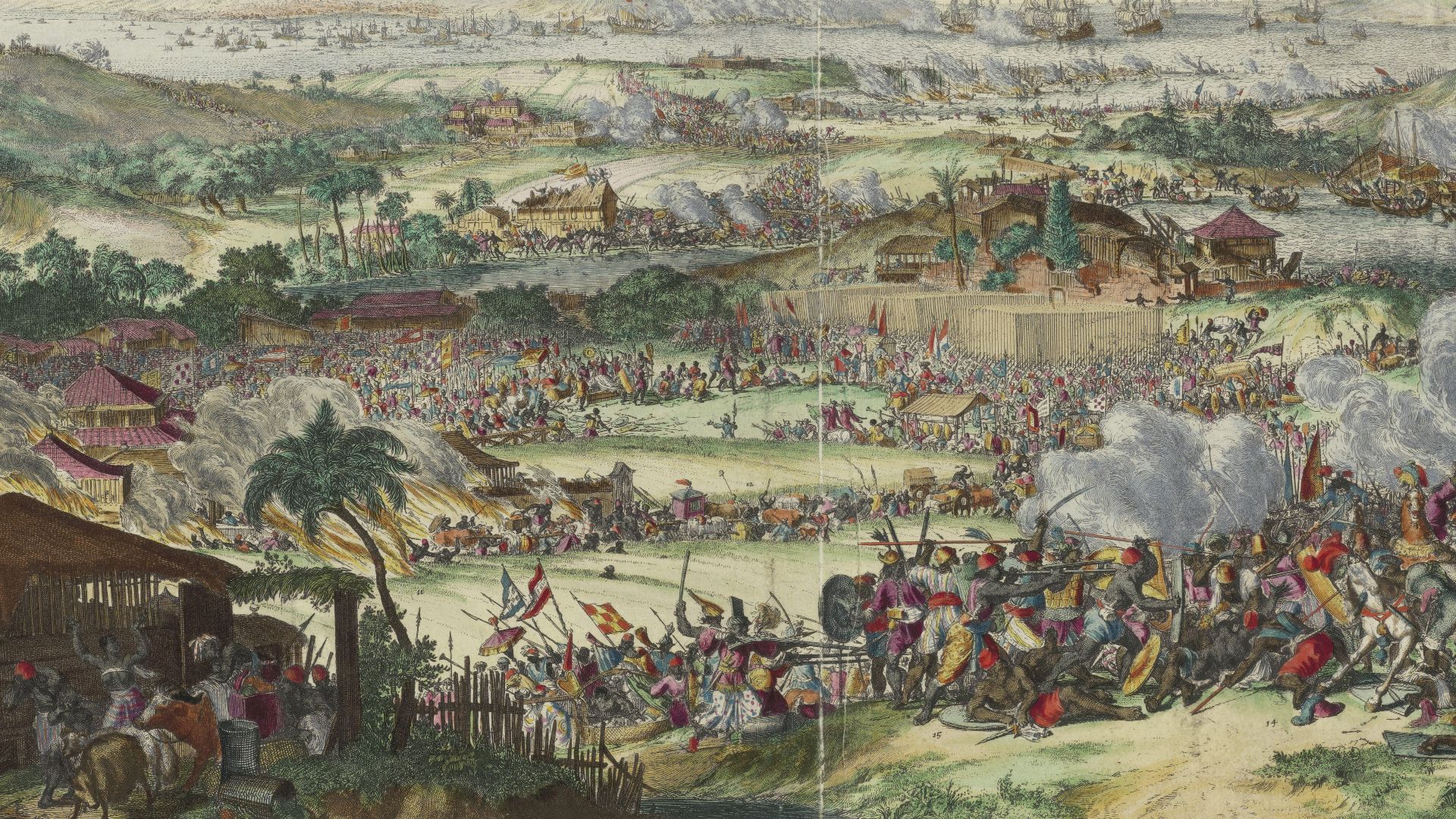 Romeyn de Hooge (engraver / etcher) on Wikimedia
Romeyn de Hooge (engraver / etcher) on Wikimedia
19. The Portuguese Blockade Of The Red Sea
Portugal enforced a blockade at the Red Sea’s mouth to cut off Muslim spice traders from India. This naval strategy was designed to redirect the pepper trade through Portuguese-controlled ports. The blockade led to famine and price spikes in spice markets across the Middle East.
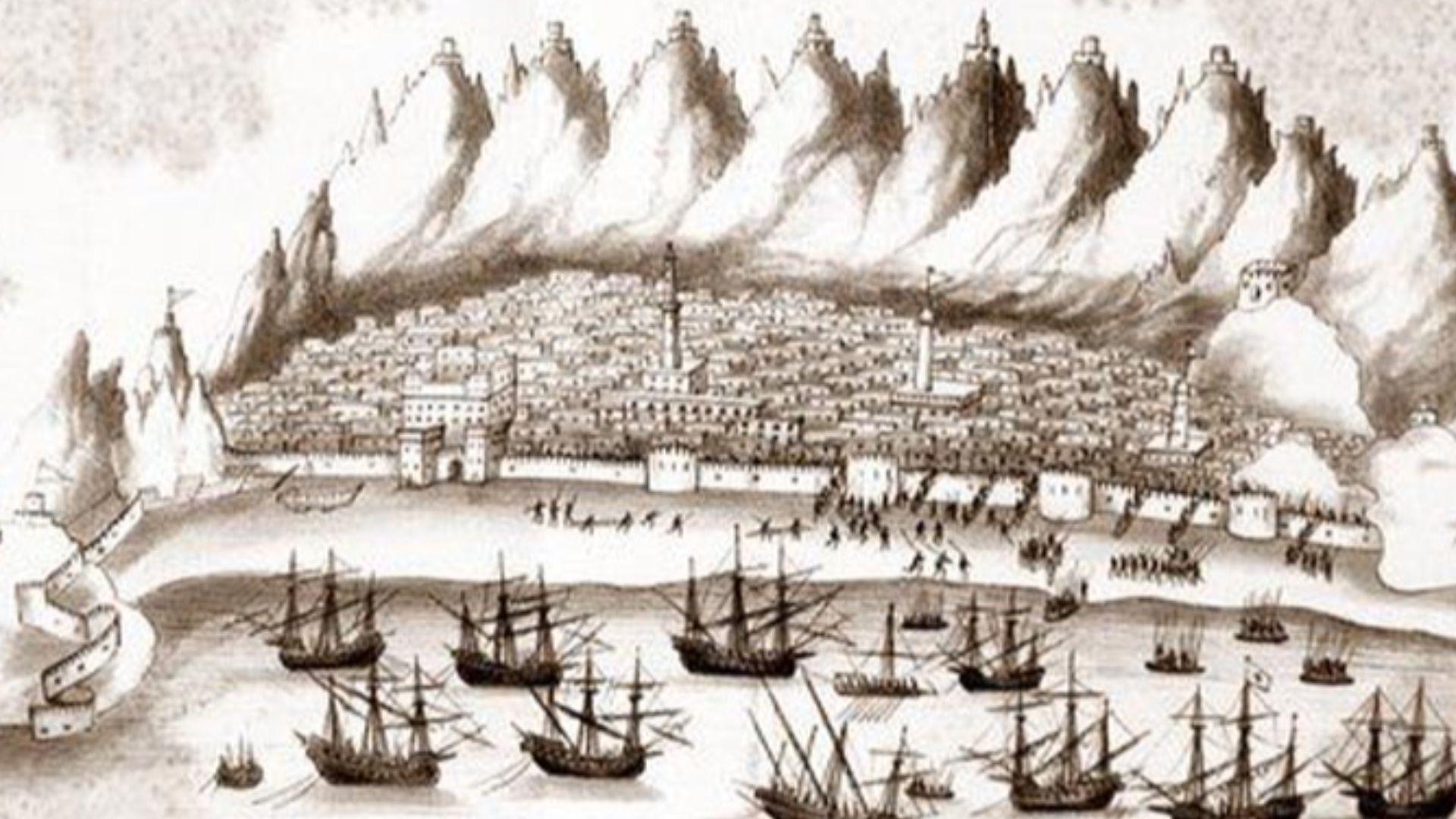 Gaspar Correia (c. 1496–1563) on Wikimedia
Gaspar Correia (c. 1496–1563) on Wikimedia
20. The Aceh-Portuguese Conflicts
For decades, the Sultanate of Aceh fought Portugal to control the export of Sumatran spices. The wars were rooted not only in competition for clove and pepper ports but also in religious conflict. Female admirals led some of Aceh’s resistance fleets, a rarity in world naval history.
KEEP ON READING

20 Weirdest Historical Objects in Museums
Check Out the Pickled Heart of a Saint. Museums carry…
By Rob Shapiro Oct 1, 2025
20 Ocean Mysteries We Still Haven’t Solved
Unanswered Questions Of The Ocean. The ocean covers most of…
By David Davidovic Sep 1, 2025
10 Phenomenal Mythical Creatures & 10 That Are Just Plain…
Legends Both Majestic And Peculiar. Do you ever wonder why…
By Chase Wexler Oct 1, 2025
20 Historical Predictions That Turned Out To Be True
Crystal Ball Moments In History. Do you wonder what it's…
By Chase Wexler Sep 1, 2025
10 Presidents Who Never Served In The Military & 10…
Commanders And Civilians In Office. Power can rise from very…
By David Davidovic Sep 1, 2025
20 Wars That Could Have Ended Much Sooner Than They…
Wars That Lasted Far Too Long. Wars are often remembered…
By David Davidovic Sep 1, 2025

